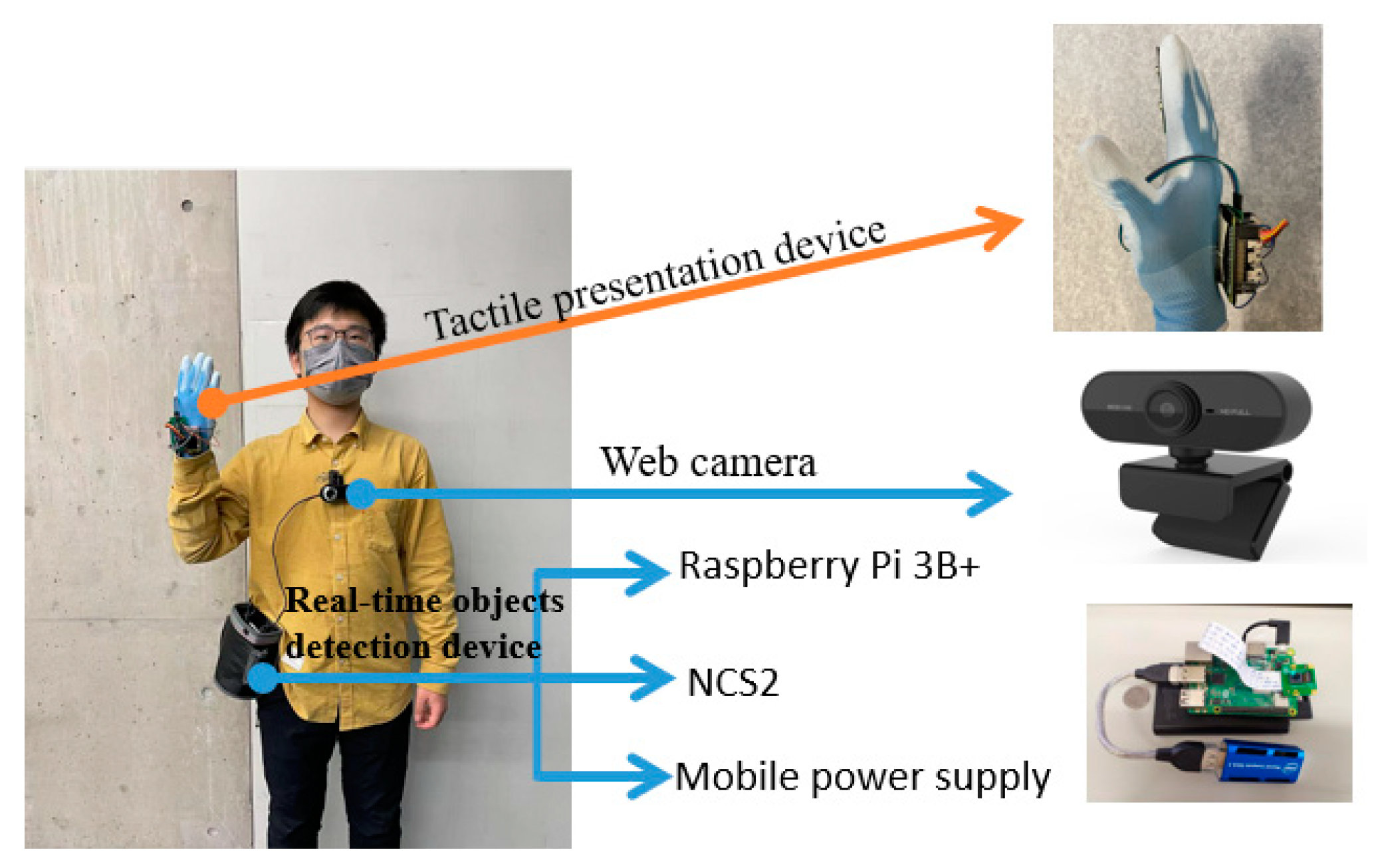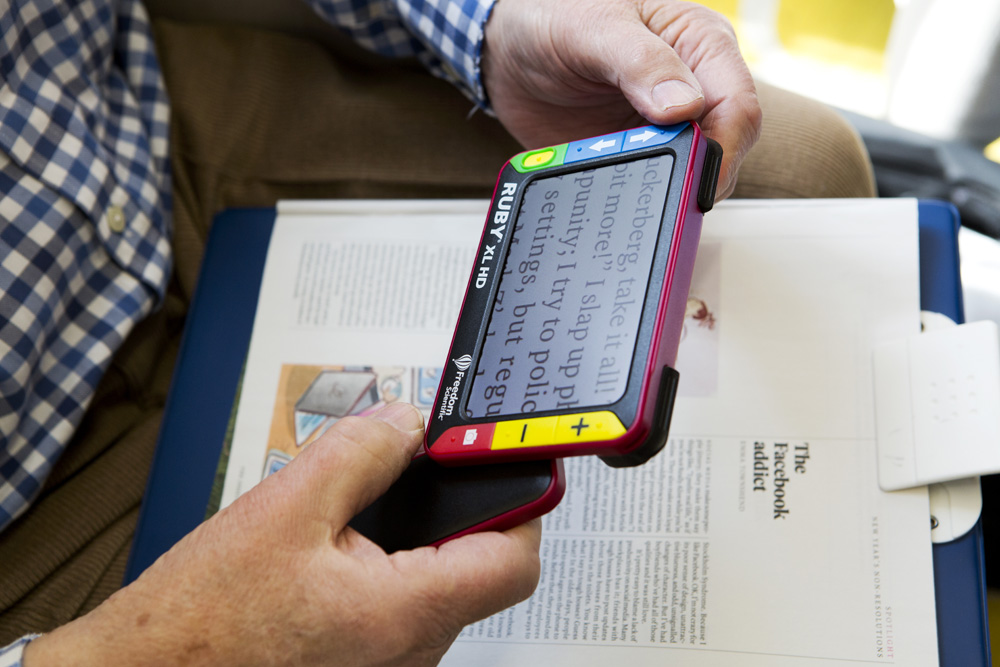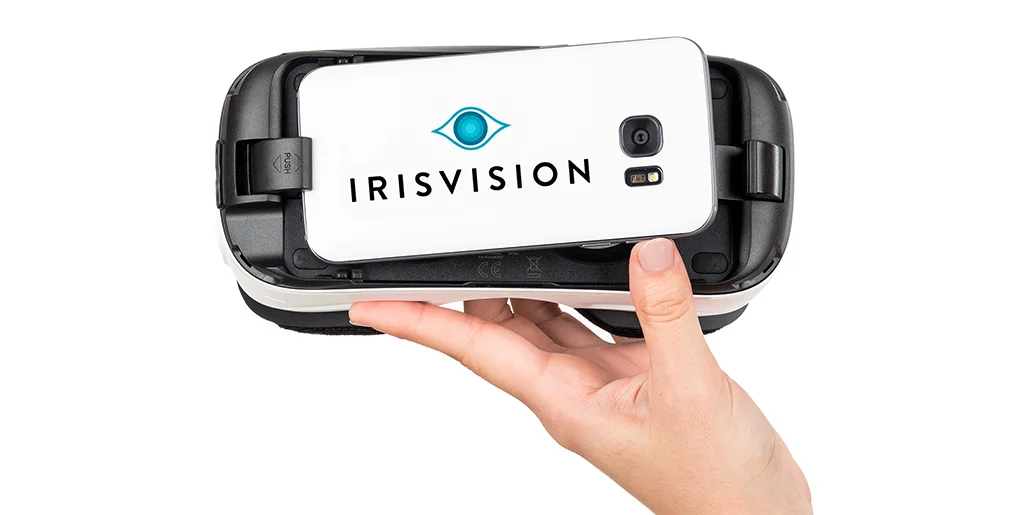OCR Devices for the Blind: Converting Print to Speech in Real-Time
OCR Devices for the Blind: Converting Print to Speech in Real-Time
Blog Article
Discover Cutting-edge Tools Developed for the Aesthetically Damaged
The growth of cutting-edge devices for the visually damaged stands for a considerable development in availability and freedom. Technologies such as clever glasses with AI capabilities and mobile applications developed to give auditory descriptions are improving daily experiences for customers.
Smart Glasses for Navigation

Smart glasses created for navigating are changing the means aesthetically damaged people connect with their setting. These innovative tools make use of a mix of video camera modern technology, man-made intelligence, and acoustic feedback to provide real-time information about environments. By using barrier discovery systems, wise glasses can inform individuals to prospective risks, allowing much safer movement in both unknown and familiar settings.
The combination of GPS technology even more enhances navigating abilities, permitting customers to obtain acoustic directions as they relocate. This hands-free approach not just promotes freedom however additionally equips aesthetically impaired individuals to navigate urban landscapes with raised self-confidence. Furthermore, lots of wise glasses are geared up with attributes that determine landmarks and road signs, providing contextual information that boosts the individual experience.
Furthermore, the development of these gadgets is constantly progressing, with business functioning to enhance the accuracy of item acknowledgment and increase the series of navigational functions. As smart glasses become a lot more obtainable and budget friendly, they hold the prospective to substantially change daily life for visually damaged users. Eventually, these ingenious tools represent an essential step toward inclusivity, offering improved movement and a higher sense of autonomy for people navigating the globe around them.

Mobile Apps for Daily Living
Just how can mobile applications enhance the daily lives of visually damaged people? Mobile applications are changing the way aesthetically damaged individuals navigate their settings, handle day-to-day jobs, and gain access to details. These applications supply necessary support through numerous functionalities, fostering freedom and boosting lifestyle.
A number of innovative mobile applications are developed particularly for daily living. Apps like Be My Eyes attach aesthetically impaired individuals with sighted volunteers using video telephone calls, enabling them to obtain real-time support with jobs such as reading tags or browsing strange rooms. Similarly, Seeing AI, developed by Microsoft, uses artificial intelligence to describe environments, checked out message, and determine items, successfully changing a smartphone into a powerful device for day-to-day assistance.
Additionally, navigation applications customized for the aesthetically damaged, such as Aira and BlindSquare, supply audio-based directions and environmental info, making it possible for customers to traverse their environments securely and confidently. Beyond navigation and prompt aid, mobile apps also support company and task management, with attributes that assist individuals set pointers, produce order of business, and track appointments. In recap, mobile applications work as vital sources, encouraging aesthetically impaired people to lead even more independent and meeting lives.
Wearable Technologies for Aid
Empowerment through modern technology is progressively noticeable in the realm of wearable tools made to aid visually impaired individuals. These innovative devices integrate seamlessly into day-to-day life, boosting navigating and giving necessary responses to users. As an example, wise glasses geared up with electronic cameras can recognize faces and read text aloud, allowing users to engage more confidently in specialist and social settings.
Another notable advancement is the usage of haptic comments systems in wearable gadgets. These systems utilize resonances or various other responsive signals to convey info about the individual's atmosphere, such as obstacles or modifications in terrain, enhancing flexibility and safety. Wearable modern technologies likewise consist of wristbands that link to smart devices, alerting users to notifications with subtle vibrations, hence boosting connection without dependence on visual hints.
As these view it now technologies remain to progress, they are not only improving independence for visually impaired people however likewise fostering a higher sense of inclusion in culture. By bridging the space in between obstacles encountered in day-to-day living and the possibility for autonomy, wearable innovations offer as critical tools in the mission for equality and empowerment for those with aesthetic disabilities.
Sound Description Devices
Audio description tools play an essential function in boosting ease of access for visually impaired people, providing them with the capability to engage with aesthetic media. Speech-to-text devices for low vision. These tools offer narrated summaries of crucial aesthetic components in films, television shows, and live performances, making sure that customers can totally understand the context and emotions conveyed through visuals
Audio description can be integrated right into various platforms, including streaming services, cinema screenings, and live theater. Numerous prominent streaming services now include audio summary as an accessibility feature, enabling audiences to choose it quickly. Along with conventional media, specialized apps additionally exist, giving audio descriptions for art exhibits, museums, and various other cultural events.
The efficiency of audio description pivots on the skill of the narrators, who must communicate visual details succinctly without interfering with the original sound. Technologies in this area are likewise leading the way for even more tailored experiences, where customers can change the level of detail and pacing according to their choices.
Braille Innovations and Devices
Braille developments and tools have actually significantly transformed the means visually damaged individuals engage with text and details. Modern developments have caused the development of flexible devices that improve proficiency and independence amongst users. Significantly, Braille present technologies have evolved, enabling vibrant analysis experiences. These tools convert digital text right into Braille, allowing customers to access a vast range of info on smartphones, computers, and tablets.
Moreover, mobile Braille notetakers incorporate typical Braille input with modern-day capabilities, promoting note-taking, organizing, and paper editing and enhancing on the move. AI-powered visual aids. These compact tools commonly feature text-to-speech capabilities, linking the space between Braille and acoustic details
In enhancement, ingenious Braille printers have arised, enabling users to generate Braille labels, documents, and instructional materials successfully. why not try here This ease of access promotes higher involvement in educational and expert atmospheres, inevitably advertising inclusivity.
Furthermore, study into clever Braille innovations continues to increase. Devices that include synthetic intelligence are being discovered to offer real-time navigating support and contextual information, enhancing the individual experience in varied setups. On the whole, these innovations show a commitment to equipping visually damaged individuals via innovation, guaranteeing they can easily access and involve with the world around them.

Conclusion
The improvement of ingenious devices for the visually damaged significantly enhances freedom and quality of life. These technologies not only foster higher incorporation yet likewise promote freedom in day-to-day tasks, ultimately contributing to a more easily accessible and equitable culture for aesthetically damaged individuals.
As clever glasses come to be a lot more accessible and inexpensive, they hold the see potential to substantially change daily life for aesthetically damaged individuals. Mobile applications are reinventing the way aesthetically impaired customers browse their environments, take care of day-to-day tasks, and gain access to details. Applications like Be My Eyes link aesthetically impaired users with sighted volunteers by means of video telephone calls, allowing them to obtain real-time help with jobs such as reading labels or browsing strange spaces.Additionally, navigating apps tailored for the aesthetically impaired, such as Aira and BlindSquare, supply audio-based directions and ecological information, allowing customers to traverse their surroundings safely and confidently.The development of ingenious devices for the visually impaired dramatically improves self-reliance and high quality of life.
Report this page